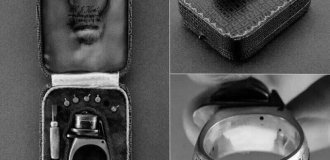From Iron Hands to Bleeding Trees: 15 Incredible Facts That Will Change Your View of History (16 photos)
What do a medieval cyborg knight, 1950s phone booths, and a tree that bleeds all have in common? 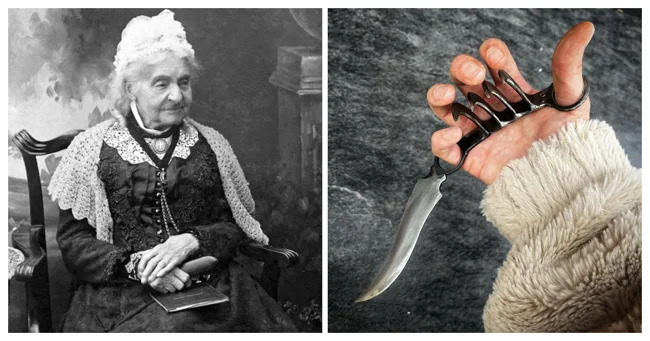
This collection presents the most unexpected historical facts that look like scenes from science fiction films, but are a real historical reality.
1. The aftermath of the Port Arthur tragedy (April 28, 1996) 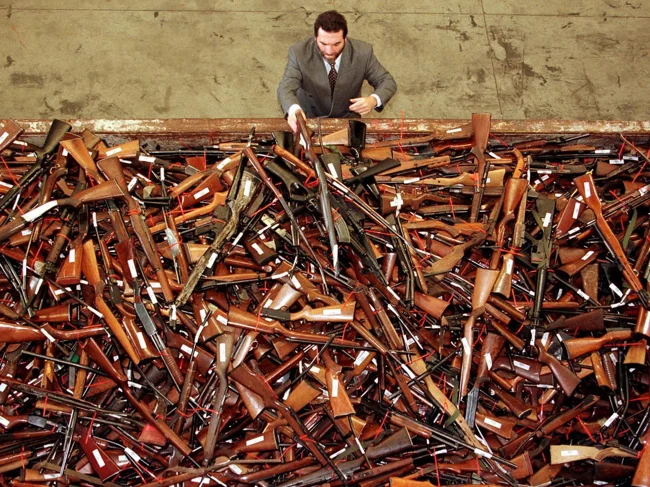
The crime committed by 28-year-old Martin Bryant left 35 dead and 23 injured. It was the largest mass murder in Australian history. The authorities responded with a tough reform of the gun legislation. 650,000 weapons were confiscated and destroyed (pictured are some of the collected rifles). Farmers and hunters are now required to store their weapons in safes (previously they often kept them under the bed).
According to the recollections of a local resident from Tasmania, even toy guns disappeared from stores, and his grandfather's rifle was moved from under the bed to a locked basement. The measures have proven their effectiveness: since 1996, there has not been a single mass shooting in Australia - the reform is recognized as one of the most effective in the world.
2. Margaret Ann Neve - a unique person 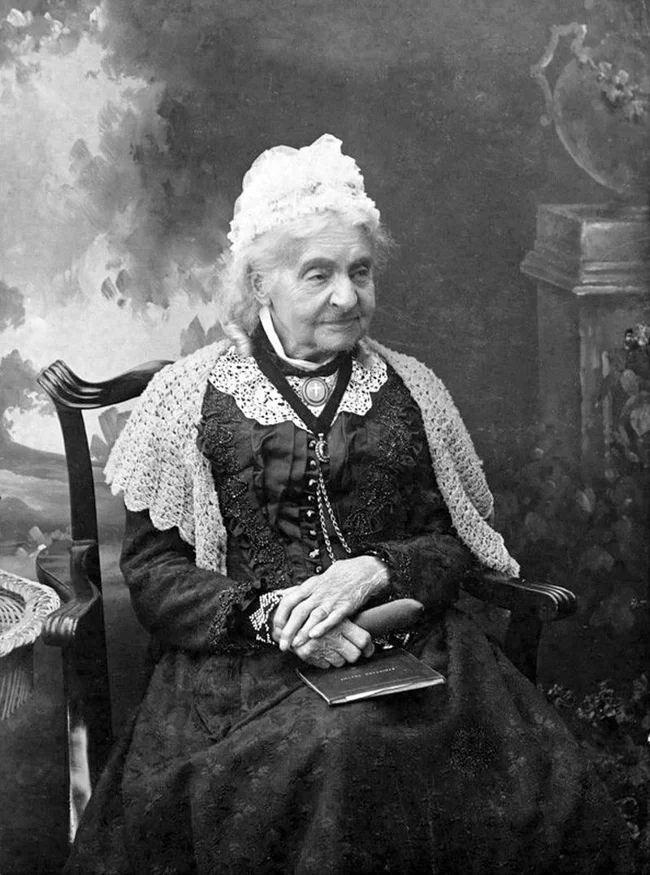
A person (1792-1903), born in the 18th century, and the first confirmed female long-liver. She lived 110 years on the island of Guernsey, outliving Napoleon, the Victorian era and the invention of the telephone. A unique witness of three centuries! She became the second person in history (after Gert Bomgard), whose 110-year age was documented.
3. Scrimshaw - the art of sailors who turned bones into masterpieces 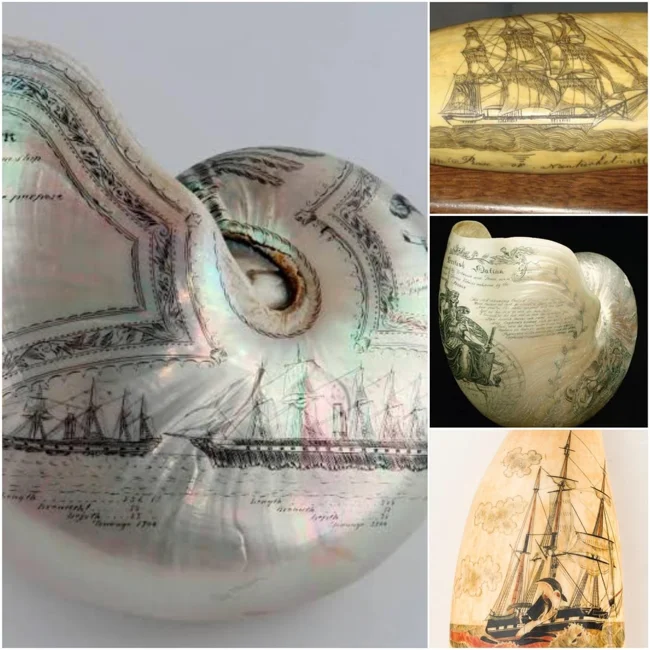
Scrimshaw (from English scrimshaw) is the art of engraving on bone, whalebone or shells, which sailors did during long voyages. It arose in the 18th-19th centuries, was especially widespread among whalers.
4. The Bleeding Tree 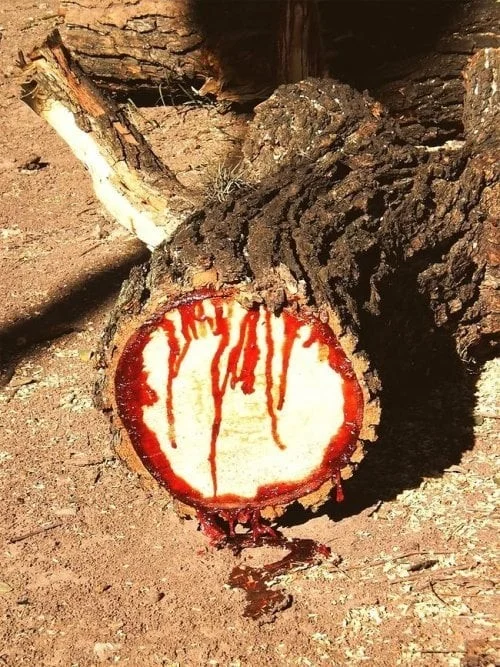
Pterocarpus Angolensis is a tree native to South Africa. It is commonly known as the "blood tree" because when cut or damaged, it oozes a dark red sap that eerily resembles blood. In reality, the blood-red sap is a resin rich in tannins.
5. A centuries-old living legend 
800-year-old bonsai, grown by the legendary Japanese master Kunyo Kobayashi. When talking about the "age" of bonsai, it is important to understand: these trees have two birth dates. One is when the seed sprouted in nature, the other is when it began to be formed as a bonsai.
6. Mirror TVs of the 1930s 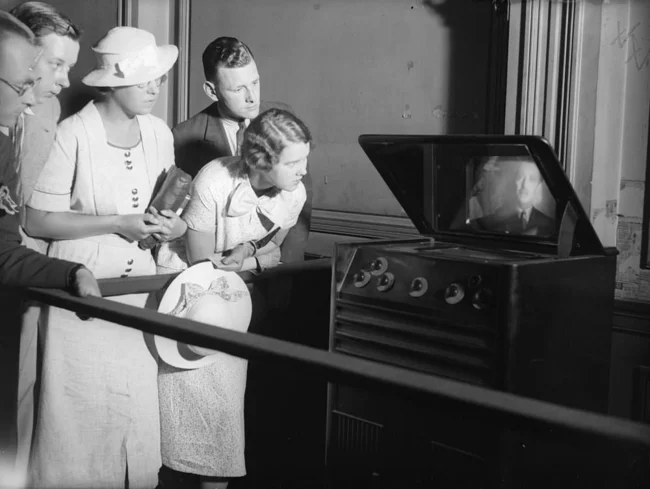
TVs with a mirror cover appeared because the beam deflection angle in early picture tubes was small. Therefore, if it was necessary to get a large screen at that time, the picture tube had to be very long. If such a TV were placed horizontally, it would take up half the room.
Engineers found a clever solution: the picture tube was placed upright, reducing the area occupied, the image was projected onto the reflective surface at an angle, and a magnifying lens in front of the mirror “stretched” the picture for the viewer. As a result, the screen visually increased from 3-5 inches to a "giant" 8-10, and the TV fit on the table like a regular radio.
7. Ancient ritual involving a child 
In the Coptic Orthodox Church (the Christian Church of Egypt), the Pope is elected by sacred lot. A council of priests selects 3 finalists, their names are placed in a silver cup, and a blindfolded child draws one name - this is considered God's election. The ritual was last performed in 2012 during the election of Pope Tawadros II. The full title of the Coptic Pope is Pope of Alexandria and Patriarch of the See of St. Mark in all Africa and the Middle East.
8. Tires that changed color 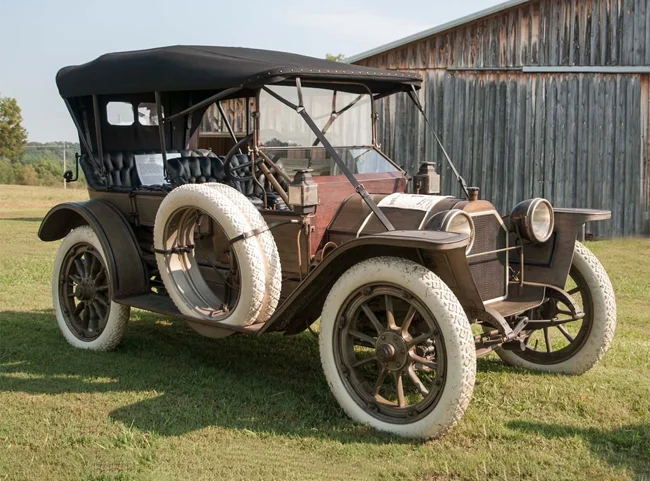
Until 1912, tires were white — that's what natural rubber looked like. Everything changed when B.F. Goodrich added carbon black to rubber, got stronger and more wear-resistant tires, and accidentally made them black. Now it's the standard, and white tires are an expensive designer accessory.
9. Passersby near the first telephone booth in Milan (1952) 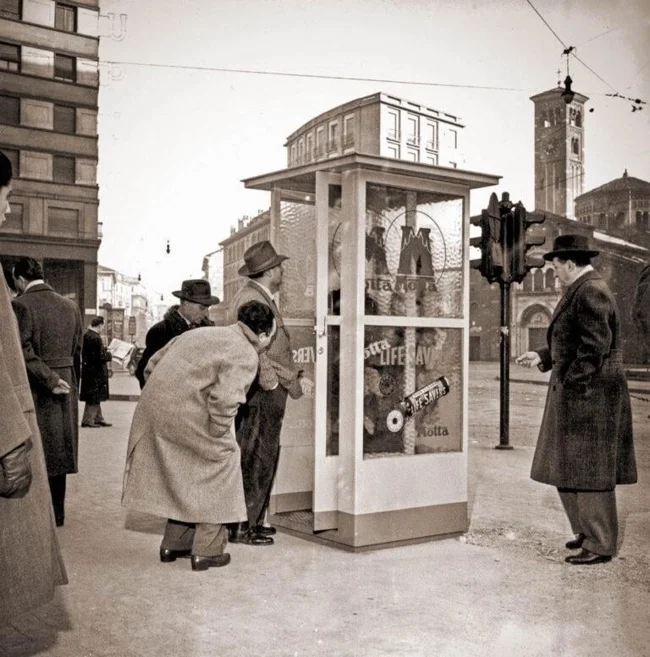
The photo captures the historical moment when communications became publicly available - previously, telephones were only in institutions or wealthy homes. The booth seems like a miracle of technology to contemporaries.
10. The Man Who Walked from Paris to Moscow on Stilts 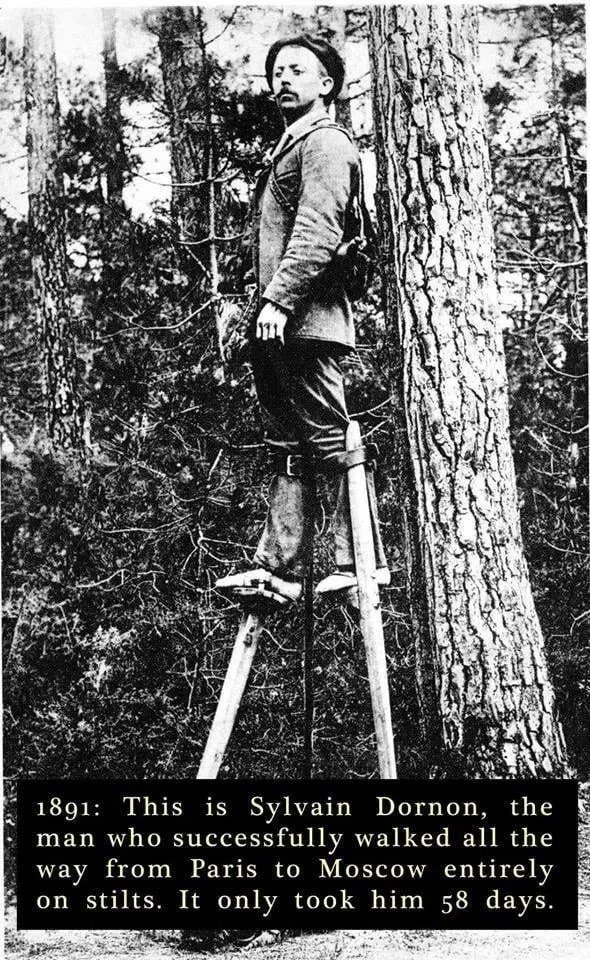
French equilibrist Sylvain Dornon, who in 1891 covered about 3,000 kilometers in 58 days on 80-centimeter stilts. His goal was to prove that this was the fastest way to travel. He lost the bet, but made history.
11. Bagh Nah: Tiger Claws – Deadly Weapons of Ancient India 
Bagh Nah (translated from Hindi as "tiger claws") is a traditional Indian weapon that replicates the shape of a predator's claws. It was used by warriors, robbers, and even hired killers (there was a poisoned version). It was worn on the fingers or hidden in the palm. They even held special "claw" duels with it.
12. Construction of the Golden Gate Bridge cables, 1935 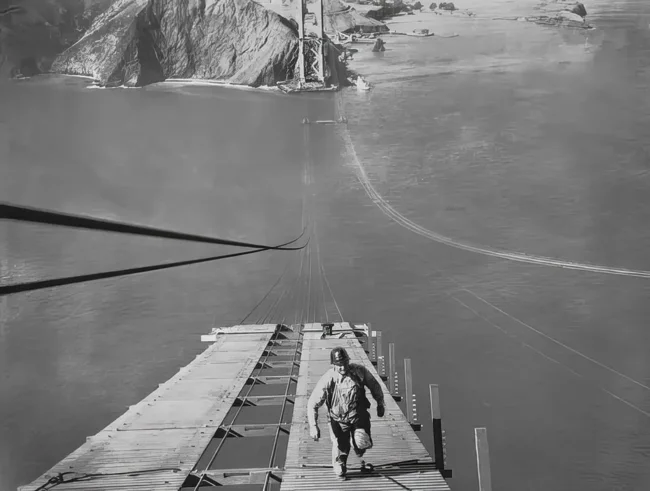
The photograph shows one of the 400 workers who participated in the braiding of the main cables of the bridge.
13. Solid gear - basketball mask and knee pads, 1927 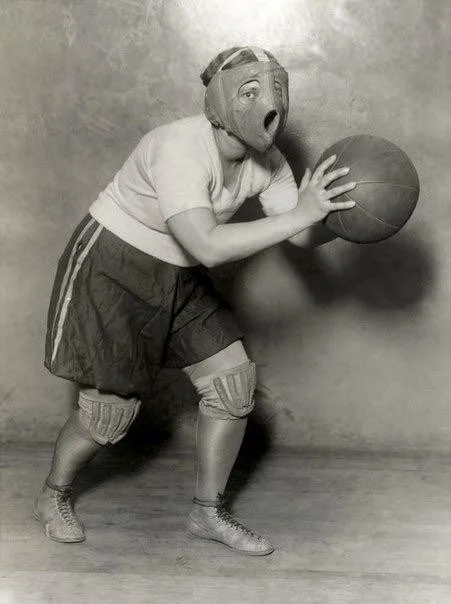
In 1927, basketball players wore leather face masks and metal knee pads - it looked like medieval tournament gear, not sportswear. The mask protected the nose and cheekbones from elbows and the ball, and the knee pads with leather straps - from falls on wooden parquet without cushioning.
14. Gottfried von Berlichingen - the knight with the iron hand 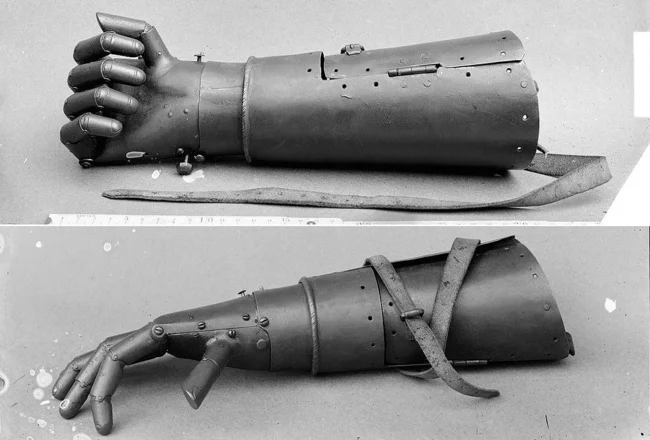
In the 16th century, the German knight Goetz "Iron Hand" von Berlichingen became famous for one of the world's first functional prostheses. His iron hand could hold a pen, squeeze cards, and firmly grip a sword. A system of gears and springs allowed him to adjust the grip strength. With this prosthesis, he fought until he was 64 years old - an incredible age for a warrior of that era, even with both healthy hands, let alone a prosthesis.
15. One of the first solutions to the problem of small pistol capacity - the "Harmonica" model (1850) 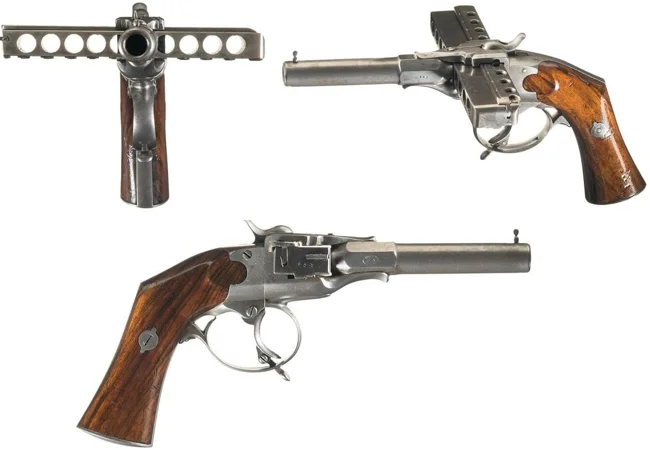
The cartridges were located in a long metal plate. After firing, the shooter manually moved the plate to bring the next cartridge. The Jarre 10-Shot Pinfire pistol (1850) allowed 10 shots to be fired without reloading - a breakthrough for that time. This design became the forerunner of modern magazine systems, although it quickly gave way to revolvers.









